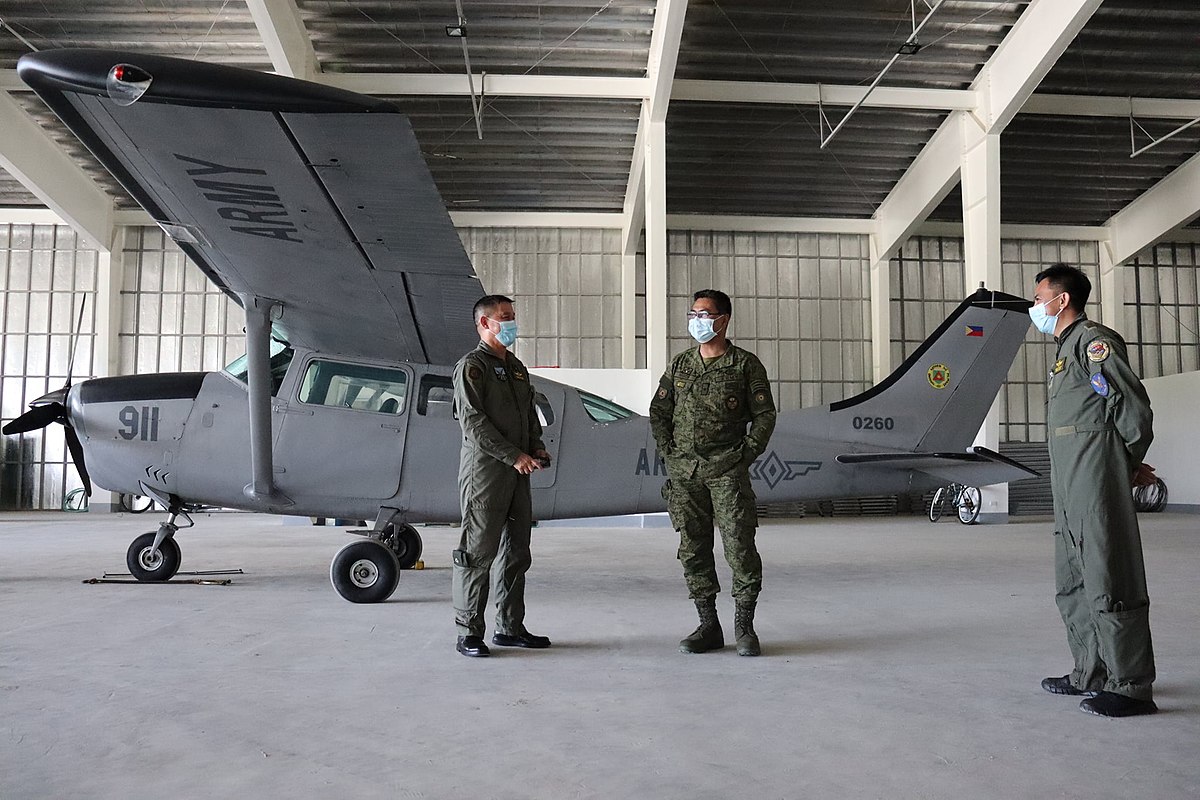The U.S. military network expands into the Philippines

A group of soldiers in the Philippine Army stand next to a Cessna aircraft, 2021.
Jonah Carlson - At the beginning of the month, Washington announced an agreement with the Philippines to construct new military installations across the archipelago. Sui-Lee Wee analyzes the motivations behind the move and reconsiders the balance of power in Asia.
To better understand the Department of Defense’s motivations, one should understand networks. Networks are a series of interconnected nodes linked across territorial boundaries. Networks can facilitate connection between people and finance, or, in this case, integration and cooperation between U.S. military installations. The Philippine installations are the latest in a growing network of U.S. military sites in Asia that could serve an instrumental purpose in the event of a conflict in the region, such as an invasion of Taiwan. In combination with other crucial bases, such as bases in Okinawa and Camp Humphreys in South Korea, the U.S. military continues to construct a blanket of military presence over East Asia, providing itself with a solid capability to strike from many angles to contain a threat. The Philippine’s proximity to both mainland China and Taiwan would provide the U.S. military with a new geographic resource with which to confront a threat in the region.
Important to understanding the significance of these installations is the concept of territory. The government of President Marcos has been criticized by both Chinese officials and internal critics for allowing the installations, as the Philippine constitution prevents the permanent basing of foreign troops. U.S. Defense Secretary Austin contends the sites are merely temporary, hoping to avoid tricky questions surrounding the Philippines’ sovereignty. However, Sui-Lee Wee notes that political critic and activist Renato Reyes has argued against action. The Philippines’ history as a U.S. territory between 1898 and 1946 further complicates the relationship between the two states and the potential for military cooperation in the case of a conflict. The ability of the U.S. to use the network they have constructed could be disrupted by the tense history of territorial control and sovereignty.
Image source. Philippine Army (PA) Aviation Hiraya Regiment, Public domain, via Wikimedia Commons.

